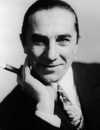When it comes to cinema’s most iconic horror creatures, chances are the most iconic are the vampires. Soul-devouring, blood-drinking immortal monsters that corrupt and destroy all who are unlucky enough to come in contact with them, vampires have been re-evaluated, dissected, and put back together so often they’ve become as undying as cinema itself. As such, the modern image of these creatures has been constantly put in flux, with many films adding either new looks or perspectives to the greater vampire mythos.
Films like Dracula, The Lost Boys, and Twilight have not just redefined what audiences expect from a vampire story, they have created their own individual archetypes to the point where their titles have become short-handed for the type of vampire to appear. Whether through their unique visual aesthetic, interpretations of what it means to be a vampire in the first place or just introducing an idea so scary that it sticks with the audience long after the end credits roll.
10
‘Horror of Dracula’ (1958)
Directed by Terence Fisher
While not quite as image-defining as Bela Lugosi’s take, Christopher Lee played Dracula more times on screen than any other actor, and his debut film, Horror of Dracula, is influential in its own right. Unlike both the novel and the original film, this version begins with the twist that Jonathan Harker (John Van Eyssen) isn’t just aware of Dracula’s vampirism, he’s a partner of Van Helsing (Peter Cushing) who’s here to take him down. But this Dracula is more than willing to get his hands and his teeth dirty and sets the tone right away by doing away with the supposed hero with speed and dexterity.
Ditching the Transylvanian accent and showing the count’s bloody fangs on screen for the first time in an English-language film, Christopher Lee’s Dracula, was among the first to stray from the template set by Lugosi. While retaining his charming, attractive persona, this count also carries an animalistic rage, a brooding darkness that follows him where he goes, and bloodshot eyes when he feeds. Lugosi may have defined the image of Dracula, but Lee helped it grow to live forever.
9
‘Let the Right One In’ (2008)
Directed by Tomas Alfredson
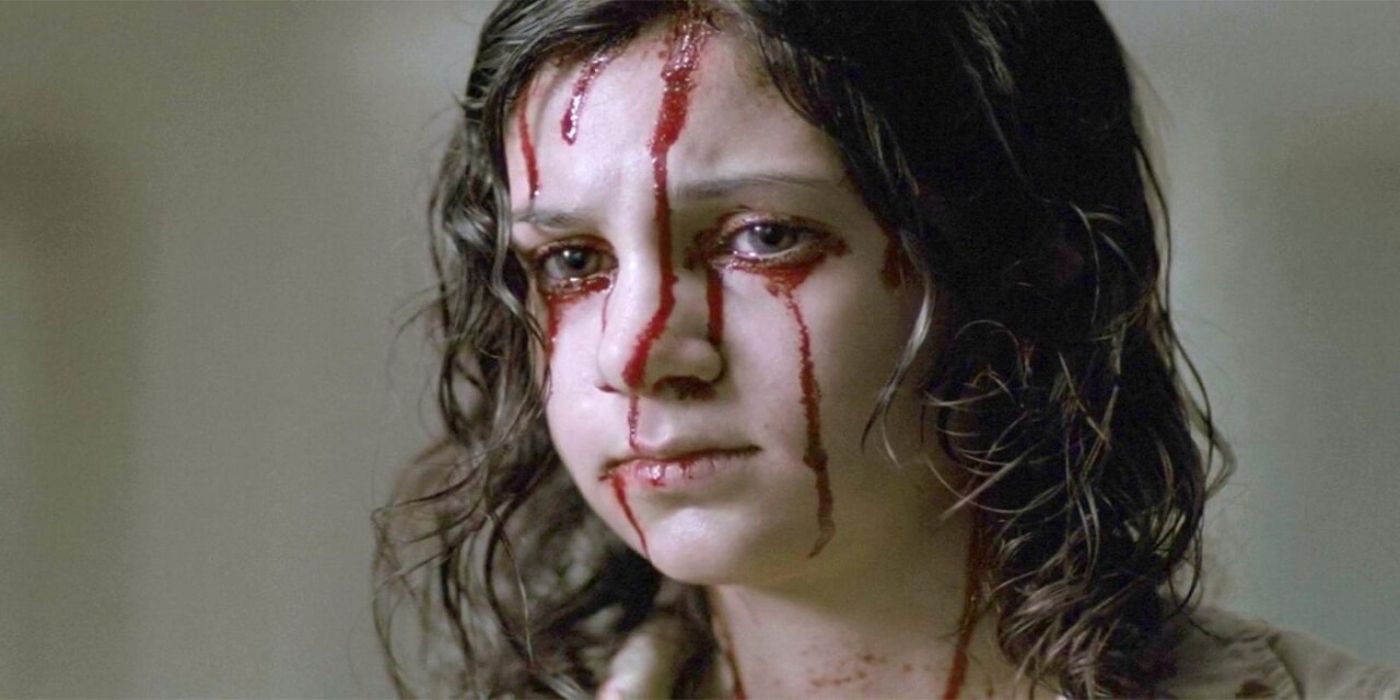
Oskar (Kåre Hedebrant) is a lonely, bullied young boy who’s just met a new kid in his neighborhood. Her name is Eli (Lena Leandersson), and the two begin to bond with each other, in spite of her aloof, antisocial demeanor. But when people in their neighborhood begin to disappear under mysterious and violent circumstances, Eli eventually reveals herself to be a centuries-old vampire – but is that enough to turn Oskar away from the ever-growing darkness in his mind?
One of several adaptations of the book by John Ajvide Lindqvist, Let the Right One In tells a vampire story that is heavier than the average vampire story yet also has a wholesome edge. Instead of relying on scares to showcase its horror, it lets the tragedy of Eli’s situation speak for itself. Perhaps the most acclaimed vampire film of the last 30 years, Let the Right One In is an unusual tale of love and terror.
8
‘Fright Night’ (1985)
Directed by Tom Holland
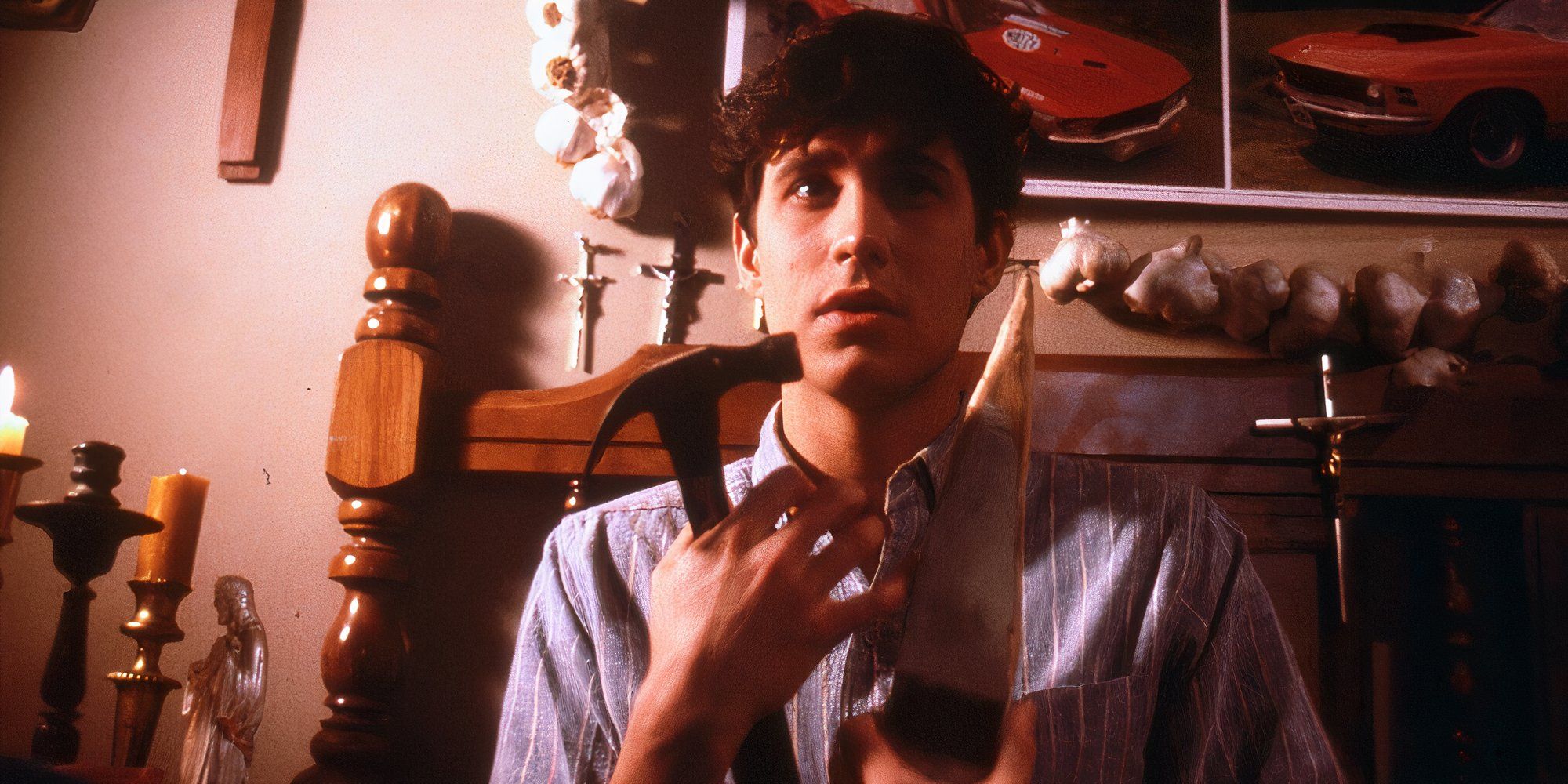
Not unlike The Lost Boys, Fright Night helped bring vampires into the 80s, albeit with a wackier, dorkier twist. Charley Brewster (William Ragsdale) is a teenage horror fan who’s got a new neighbor in the mysterious yet charming Jerry Dandrige (Chris Sarandon). Initially suspecting him to be responsible for the deaths of multiple women in the area, Charley discovers Jerry is more than just a killer – he’s a vampire. But when nobody believes him, Charley must seek out help from an unlikely source: the host of his favorite midnight horror show, Peter Vincent (Roddy McDowall).
With a plot depicting a fanboy fighting vampires with a Vincent Price analog, Fright Night is essentially every classic horror fan’s dream nightmare come true. However, many critics and audiences have looked beyond its camp trappings to note the present allegory for sexual identity and queerness. While not as openly direct as later vampire work, such as the Interview with the Vampire TV series, it still presents an interesting metaphor for its day. Campy and fun with a queer undercurrent, Fright Night is a horror comedy that truly packs a bite.
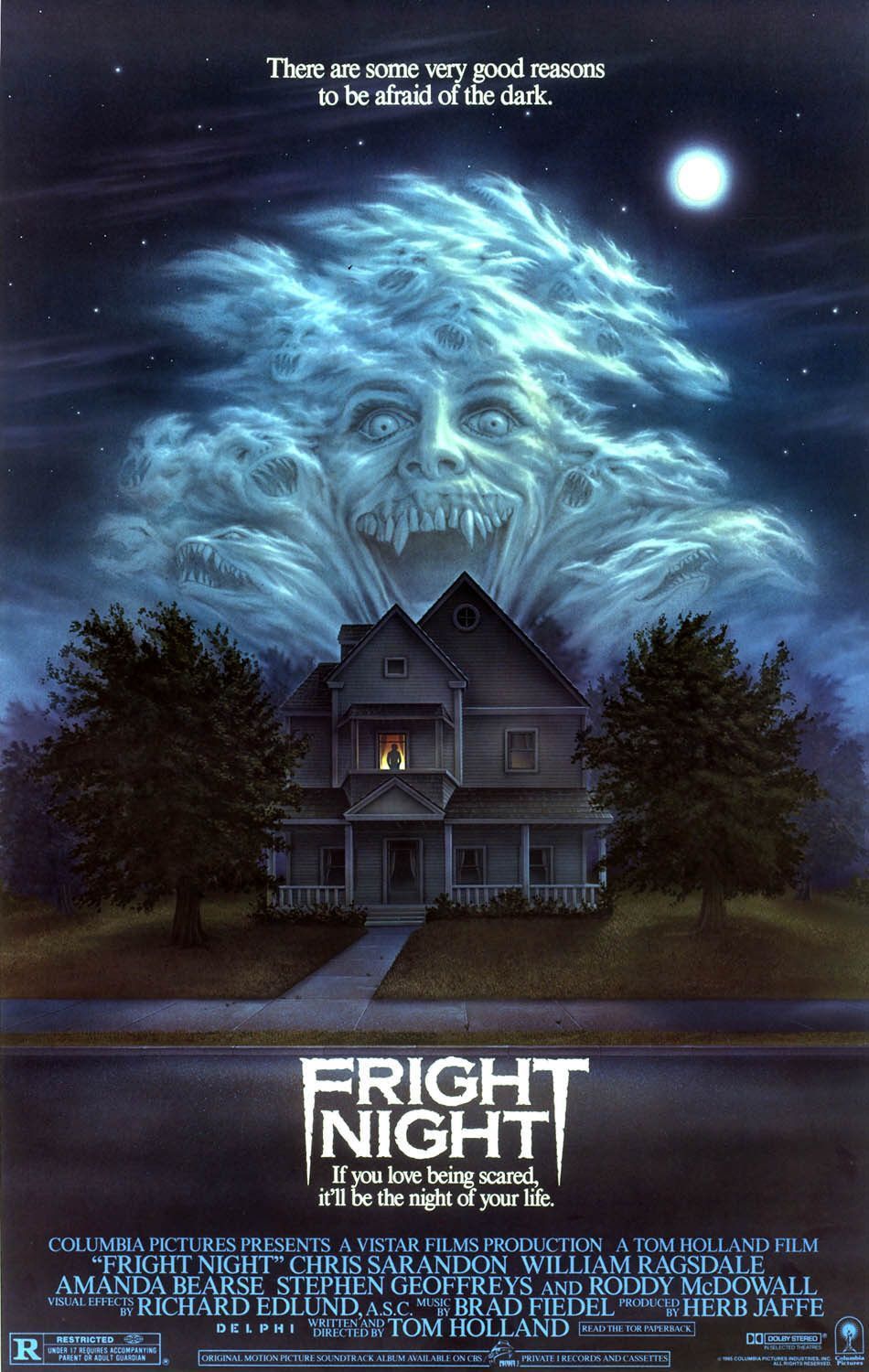
Fright Night
- Release Date
-
August 2, 1985
- Runtime
-
106 minutes
7
‘Blade’ (1998)
Directed by Stephen Norrington
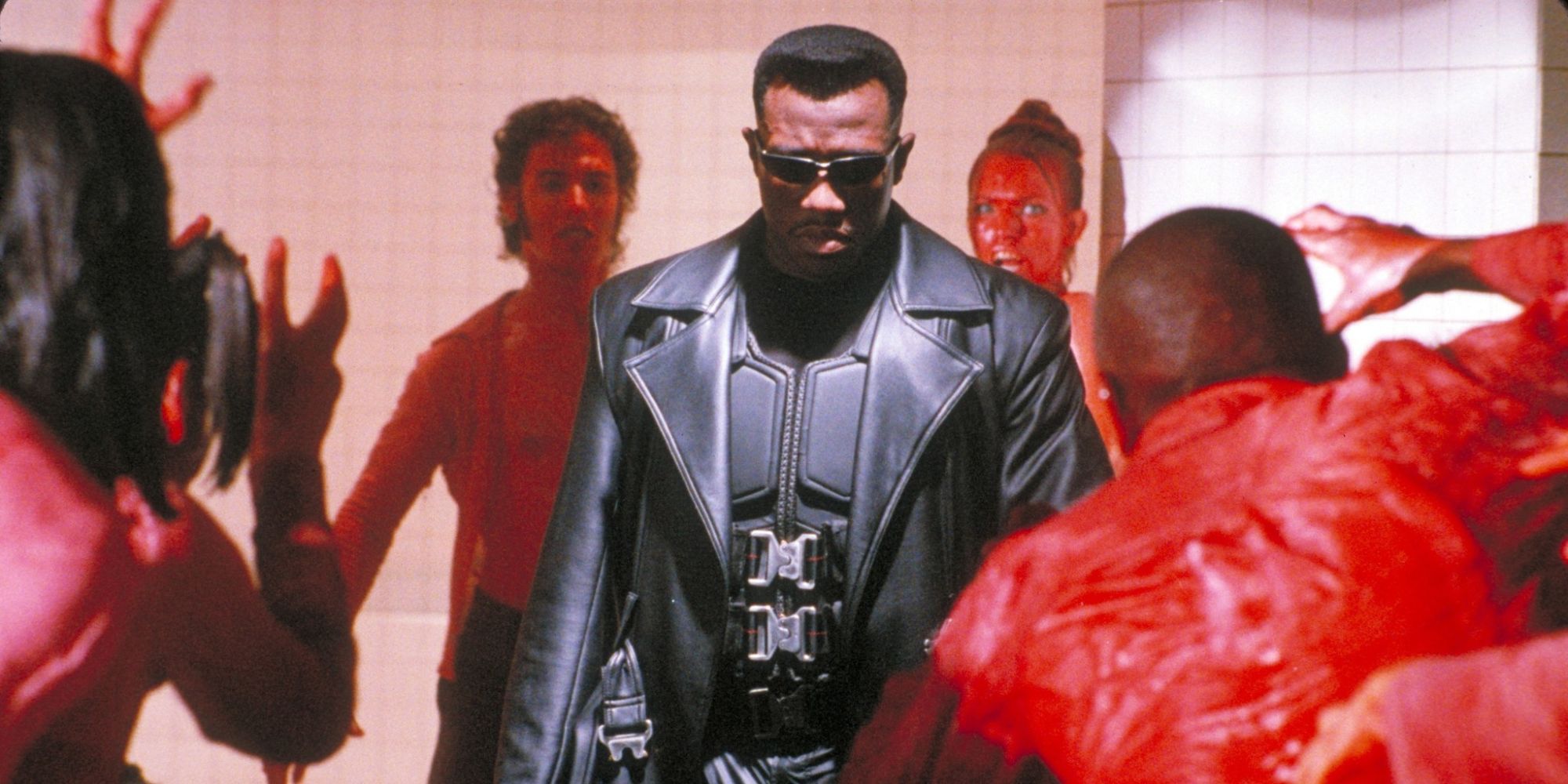
Dracula is a villain, and Louis and Lestat are antiheroes, but Blade is perhaps the first outright vampire superhero seen on film. In a world where vampires live in the shadows, primarily content with just feeding on people and spreading their unholy curse, there is one name they still fear – a daywalker named Blade (Wesley Snipes). Staving off his blood addiction by day while hunting his own kind at night, Blade has just rescued the target of Deacon Frost (Stephen Dorff), a young vampire warlord who seeks to take over the world.
Fun, slick, and triumphantly stylish, Blade was the first truly successful Marvel movie and brought the rarest of things – a truly heroic vampire. While he is not free from struggle at all, he still manages to fight for humanity, kill as many bloodsuckers as he can, and look extremely cool while doing it. Snipes’ portrayal was so iconic that his influence, from the leather trenchcoat and all-knowing fighting skills, can be found in future slayers such as Selene from Underworld, and even Hugh Jackman’s Van Helsing.
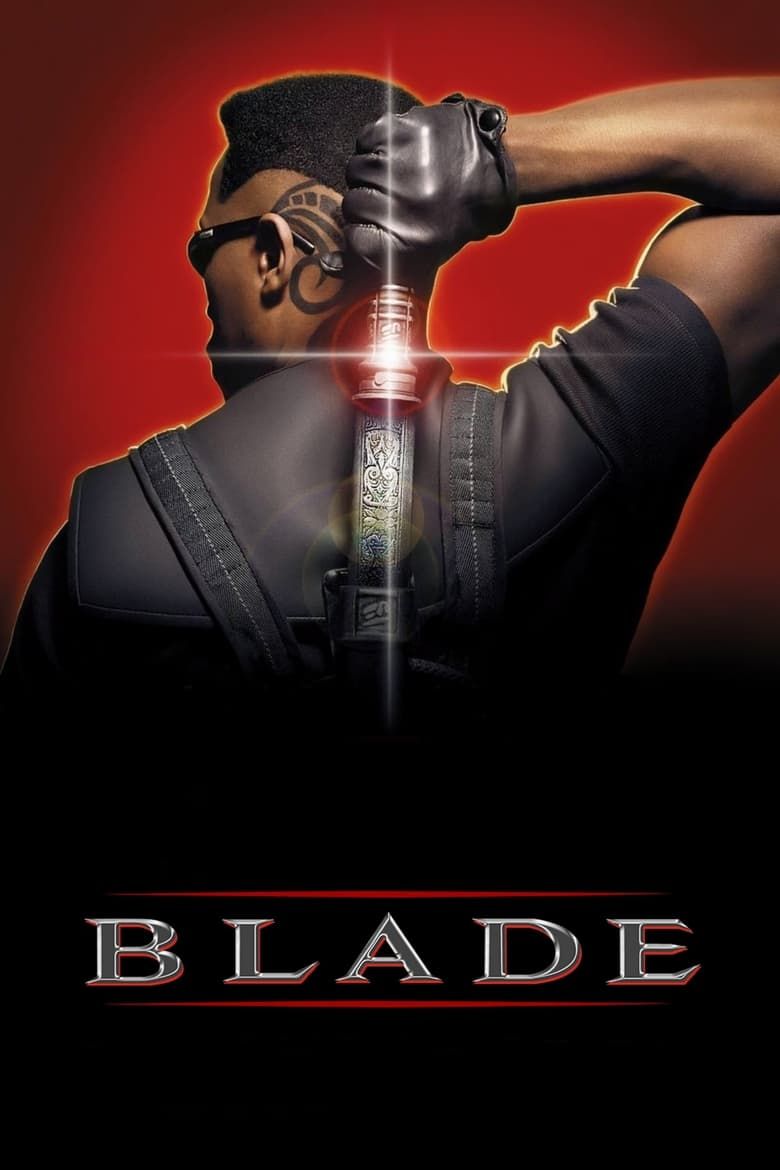
Blade
- Release Date
-
August 21, 1998
- Runtime
-
120 Minutes
6
‘The Lost Boys’ (1987)
Directed by Joel Schumacher
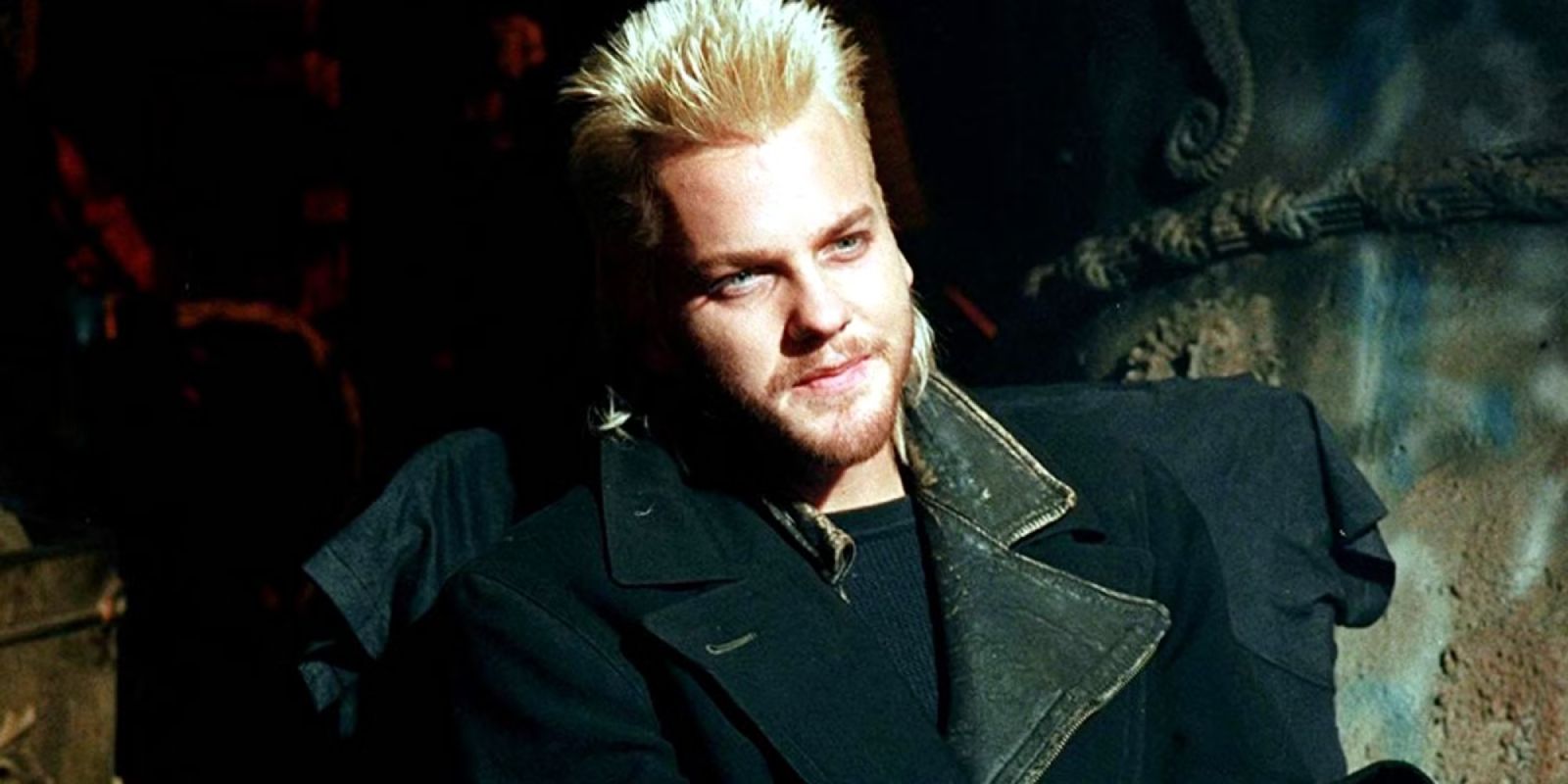
Vampires continue to be renowned for wearing dark, shadowy capes, but The Lost Boys brought black leather into their wardrobe with a vengeance. The seaside community of Santa Carla is beset with a gang of mischievous, trouble-making youths. They get up to classical gang shenanigans, like pranking storefronts, loitering, killing people, and drinking their blood. This motley vampire crew has inducted a new local, Michael Emerson (Jason Patric), into their ranks, but will he accept this dark calling, or seek the aid of his family to save his soul before it’s too late?
Rather than showing vampires living in old castles and sporting European accents, the vampires in The Lost Boys are the definition of bad teens, with black leather jackets, rockstar hair, and motorbikes straight out of a Meat Loaf music video. They view their curse not as a tragedy, but as an excuse to do whatever they want forever. It’s what makes them both terrifying and the coolest bad boys you’ll ever see.
5
‘Twilight’ (2008)
Directed by Catherine Hardwicke
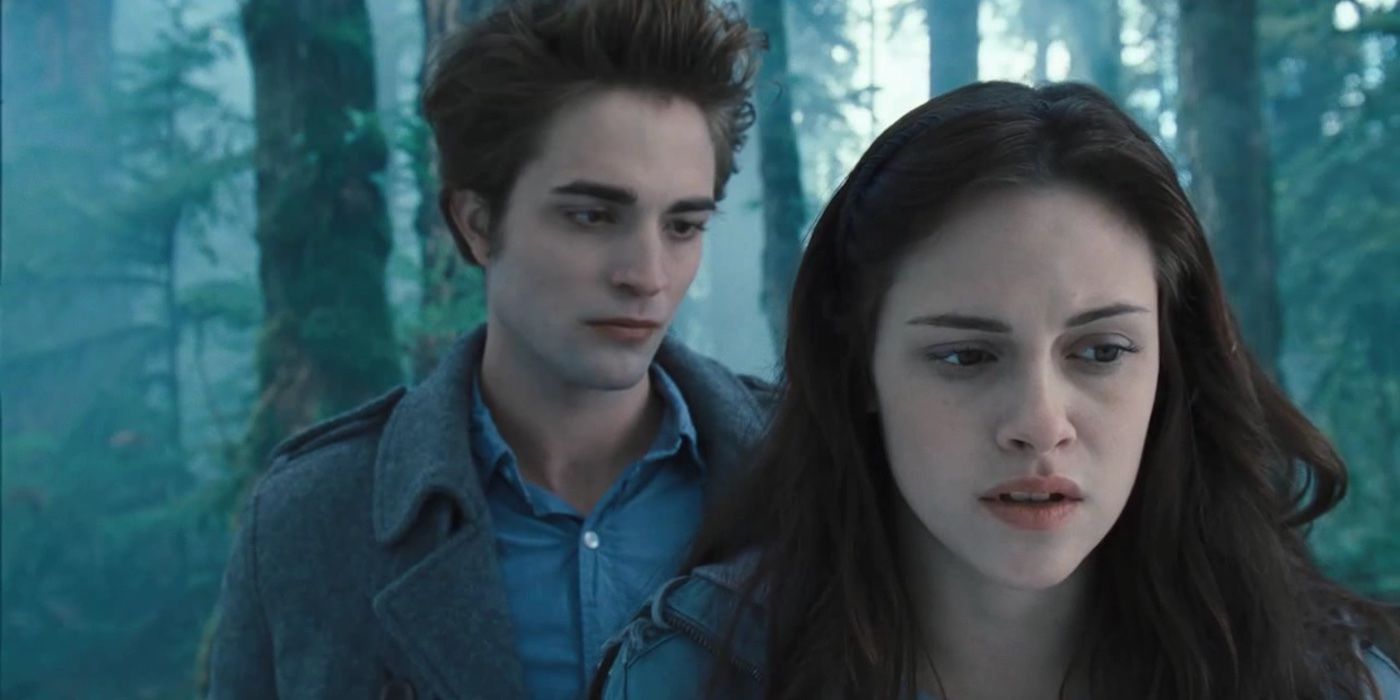
Bella Swan (Kristen Stewart) has just moved to the small town of Forks, where she becomes fascinated with a family called the Cullens, in particular their son Edward (Robert Pattinson). Cold, aloof, and mysterious, Edward seems utterly entranced by Bella, yet continually tries to push her away. Eventually, she manages to figure out that Edward and his family are a group of pacifist vampires, and she’s about to become the target of a far more bloodthirsty group.
Twilight has been called many things. From a toxic love story, to a poorly written mess, to something that permanently ruined the modern image of a vampire. But it was also a monster hit at both the box office and with its target demographic. Sexy without any true eroticism present onscreen, having a dark side while still being irresistible to the teenage crowd, Edward Cullen has, for better and for worse, become an archetype in his own right.
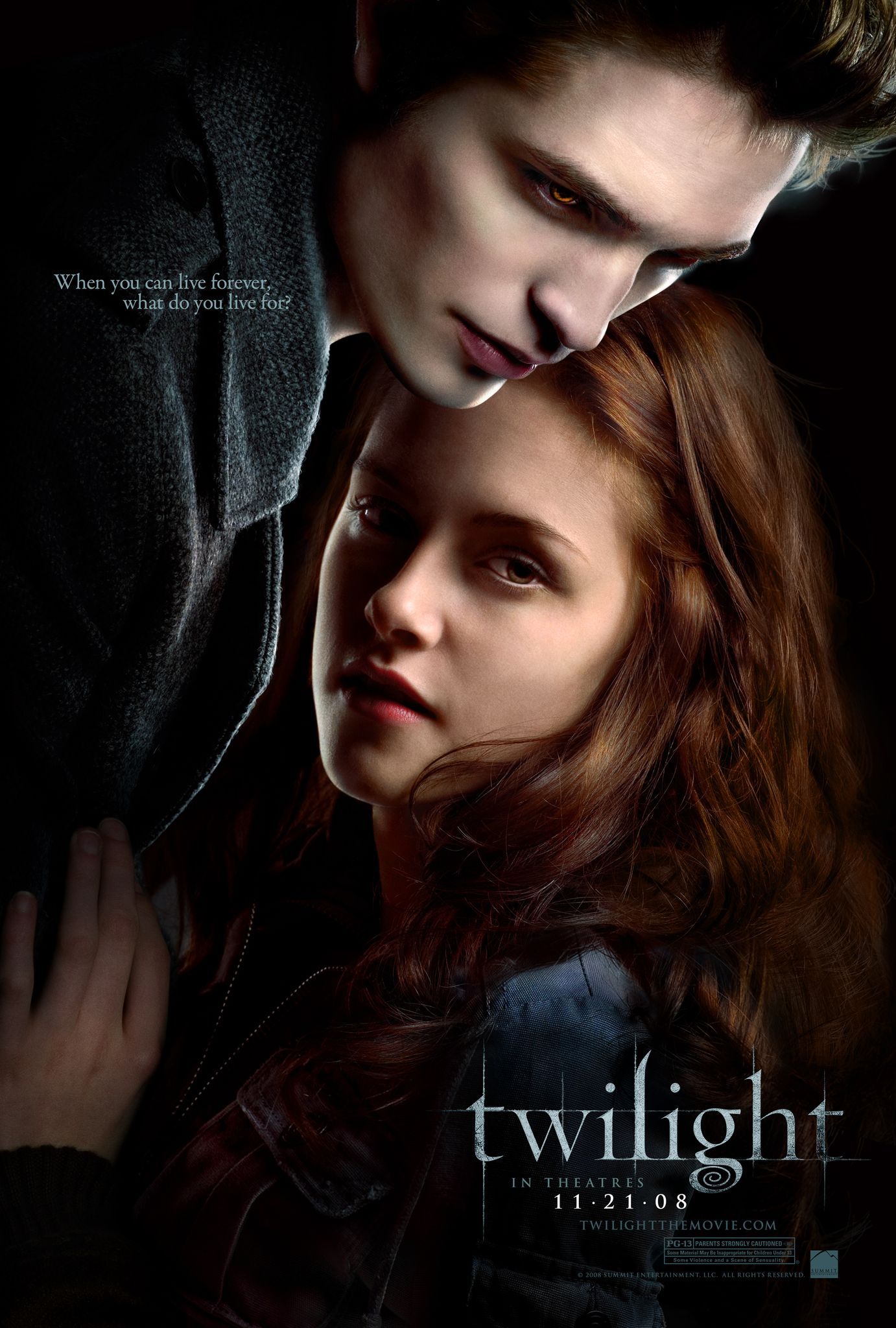
Twilight
- Release Date
-
November 21, 2008
- Runtime
-
121 minutes
4
‘Bram Stoker’s Dracula’ (1992)
Directed by Francis Ford Coppola
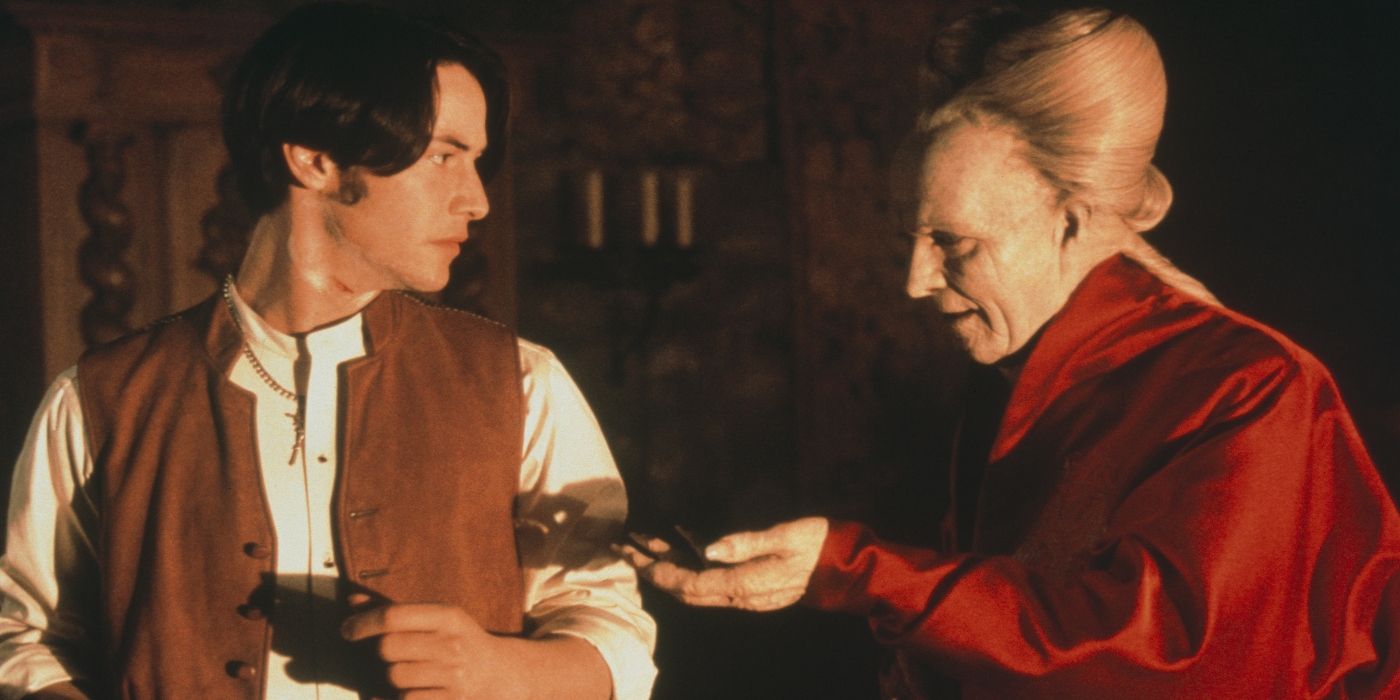
On top of retelling the story of the original Dracula novel, Bram Stoker’s Dracula also depicts his backstory, loosely inspired by Vlad the Impaler. Vlad Dracula (Gary Oldman) was a conquering ruler who loved a girl named Elisabeta (Winona Ryder). But when Dracula returned home victorious, he learned his wife had killed herself under the miscommunication that her husband was dead. Upon being told her soul was damned as a result, he declared war on God, stabbing a cross and drinking the blood that crawled out.
Then, when Jonathan Harker (Keanu Reeves) arrives at his castle, Dracula realizes that Harker’s wife Mina looks suspiciously like his lost love. Bela Lugosi brought the accent and the cape, Christopher Lee brought the blood, but Gary Oldman gave Dracula his most overt amount of sex appeal yet. With breathtakingly dramatic production design, beautiful costumes, and occasionally questionable wig choices, Bram Stoker’s Dracula showed the king of the vampires could be romantic and also redeemed.
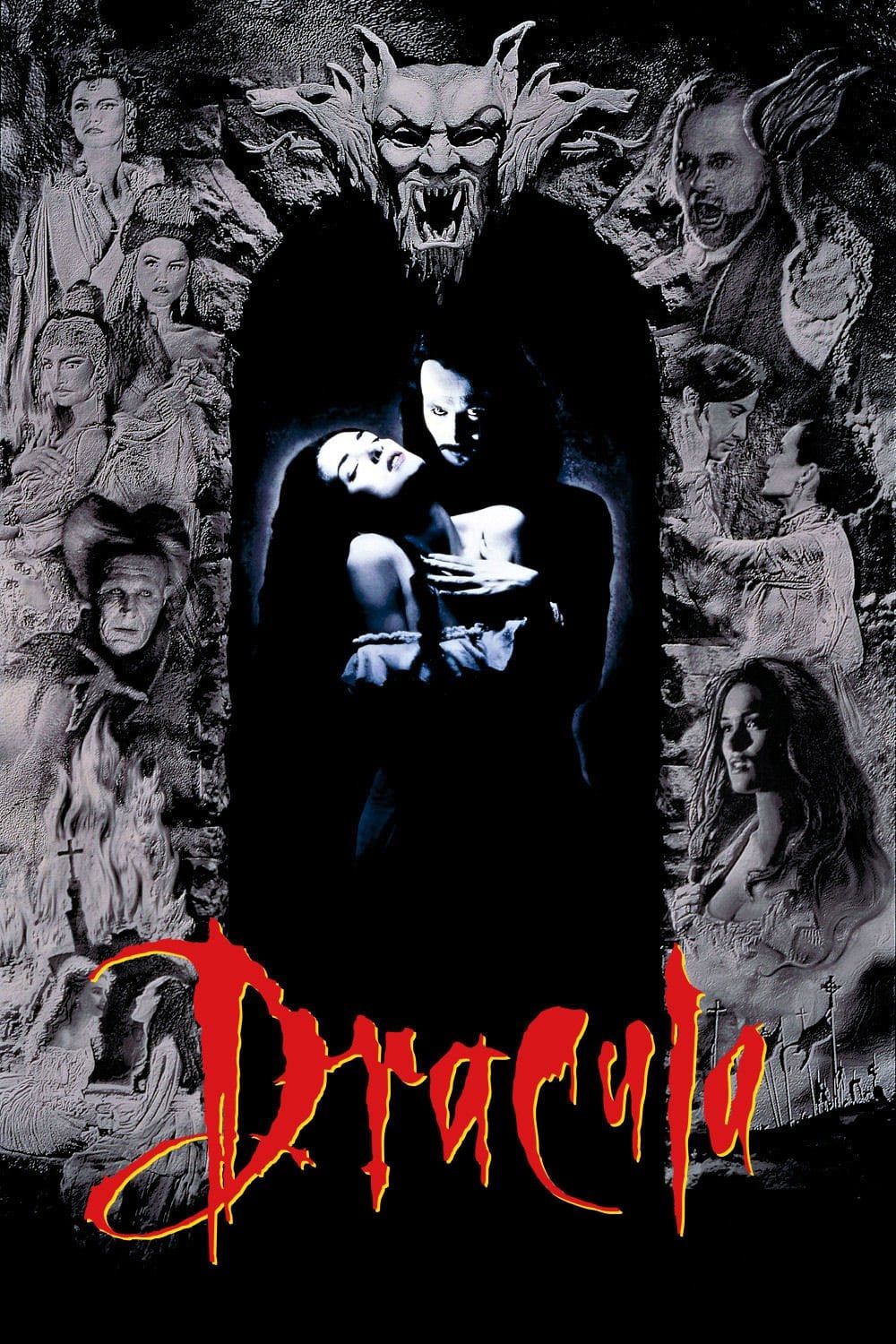
Bram Stoker’s Dracula
- Release Date
-
November 13, 1992
- Runtime
-
127 Minutes
-

-

Winona Ryder
Mina Murray / Elisabeta
3
‘Interview with the Vampire: The Vampire Chronicles’ (1994)
Directed by Neil Jordan
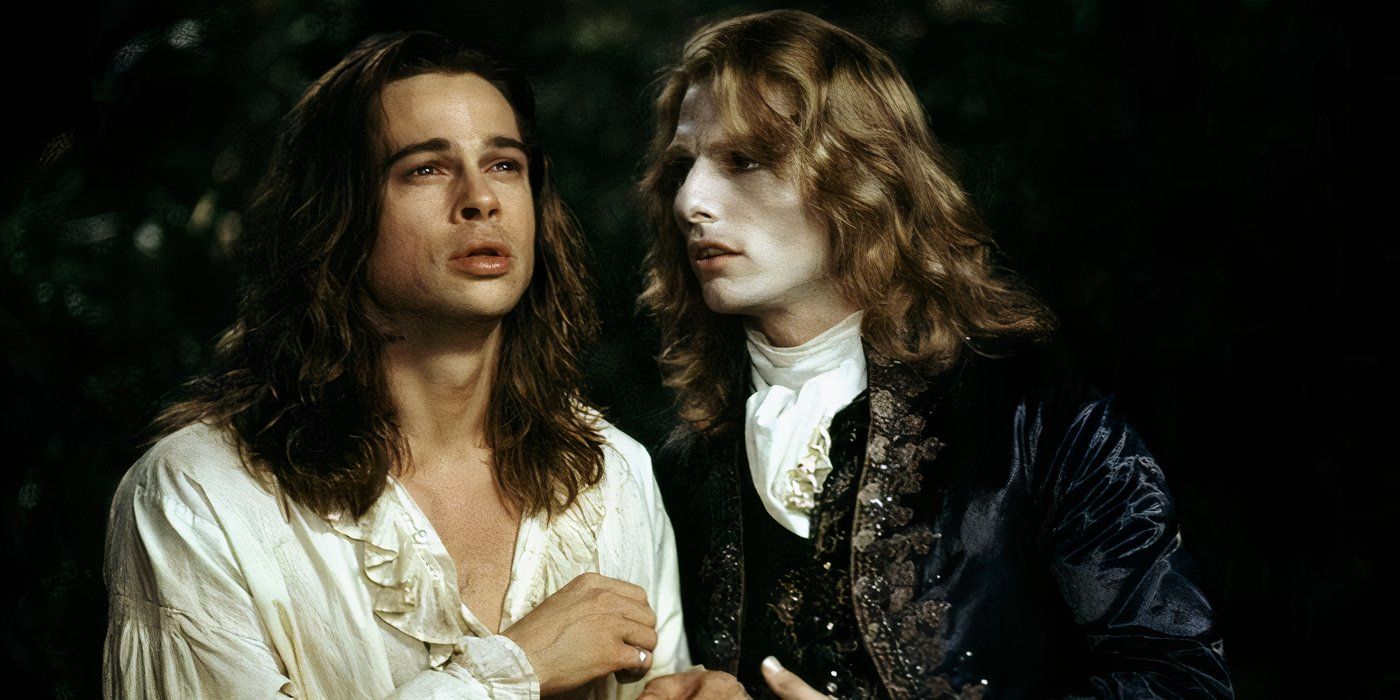
After decades of vampires being depicted as villains, author Anne Rice wrote a series of books that helped to redefine vampires as noble, tragic anti-heroes. Her first installment, Interview with the Vampire, revolves around Louis de Pointe du Lac (Brad Pitt) telling his life story, from his youth in New Orleans, becoming one of the undead thanks to the vampire Lestat (Tom Cruise), turning and adopting a young orphan girl (Kirsten Dunst), to searching for others of his kind in Paris.
Tragic, passionate, and intensely sad, Interview with the Vampire shows the life of a vampire beyond drinking blood is anything but empowering. Being forced to kill the mortals you come in contact with, being unable to forge a true connection even amongst your own kind, and never being fortunate enough to see the sun or enjoy the same pleasures as humans. The romantic nature of the vampire has been utilized as a concept for centuries, but Interview with the Vampire made them outright sympathetic.
2
‘Nosferatu: A Symphony of Horror’ (1922)
Directed by F. W. Murnau
-3.jpg)
Instead of getting the rights to the Dracula book, director F.W. Murnau created Nosferatu: A Symphony of Horror, a knock-off that is still held in high esteem thanks to its unique creation and image-defining vampire. The Dracula analog, Count Orlok (Max Schreck), is a particularly creepy individual, with a head resembling a rat more than a bat, long claws, and inhuman eyes.
The Bela Lugosi image is more commonly associated with vampires, and Dracula in general, yet in most vampiric media, Orlok’s design has become synonymous with older vampires – some that may have come far beyond modern humans. While this vampire lacks the romantic charisma inherent to his descendants, he also directly contributes to vampire fiction by being the first vampire to be vanquished by sunlight in any vampire media. Before Nosferatu, vampires could technically walk around in the daylight, albeit with weakened powers, but now it is just as accepted a part of vampire lore as the need to feed on blood.
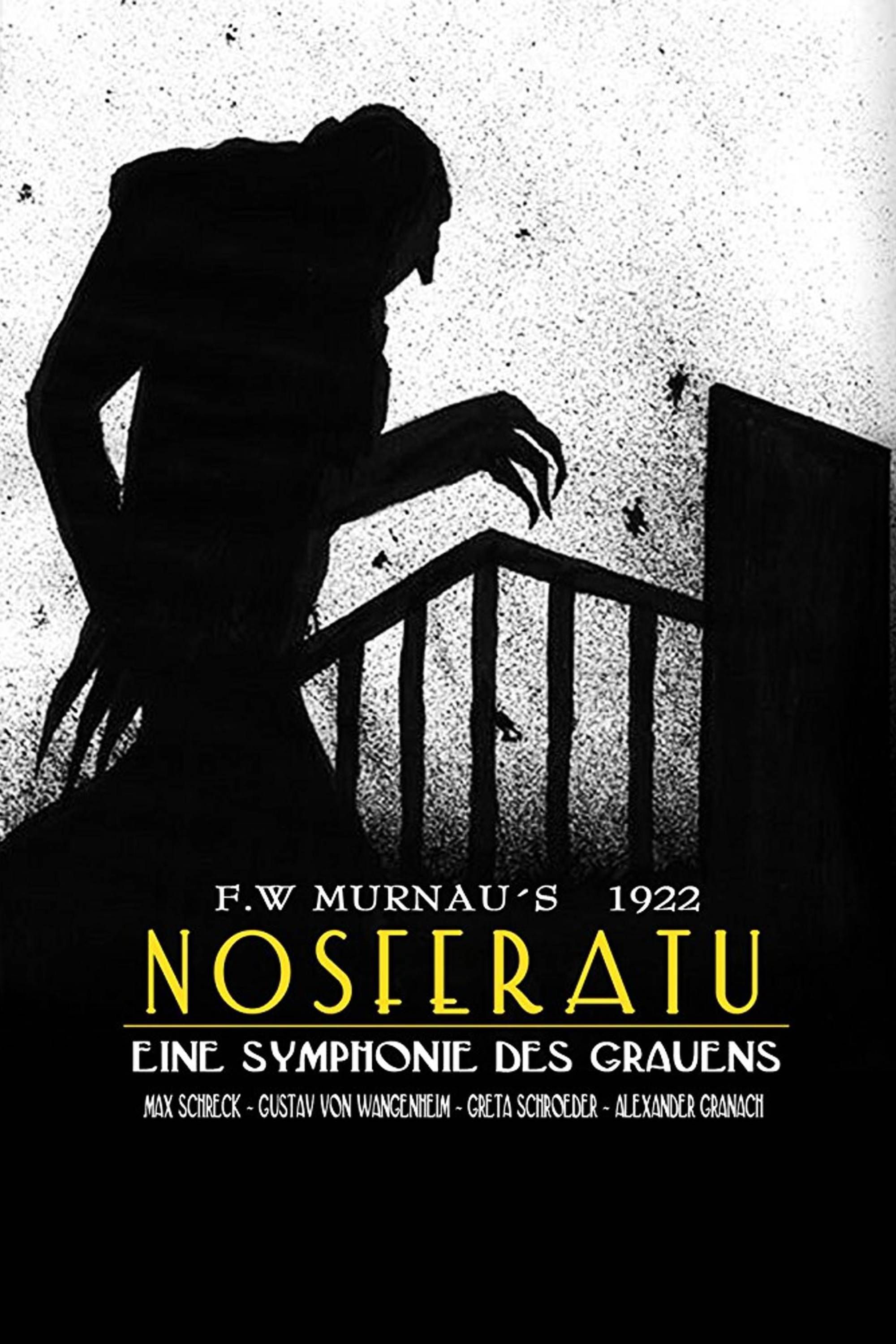
Nosferatu
- Release Date
-
February 16, 1922
- Runtime
-
95 Minutes
1
‘Dracula’ (1931)
Directed by Tod Browning
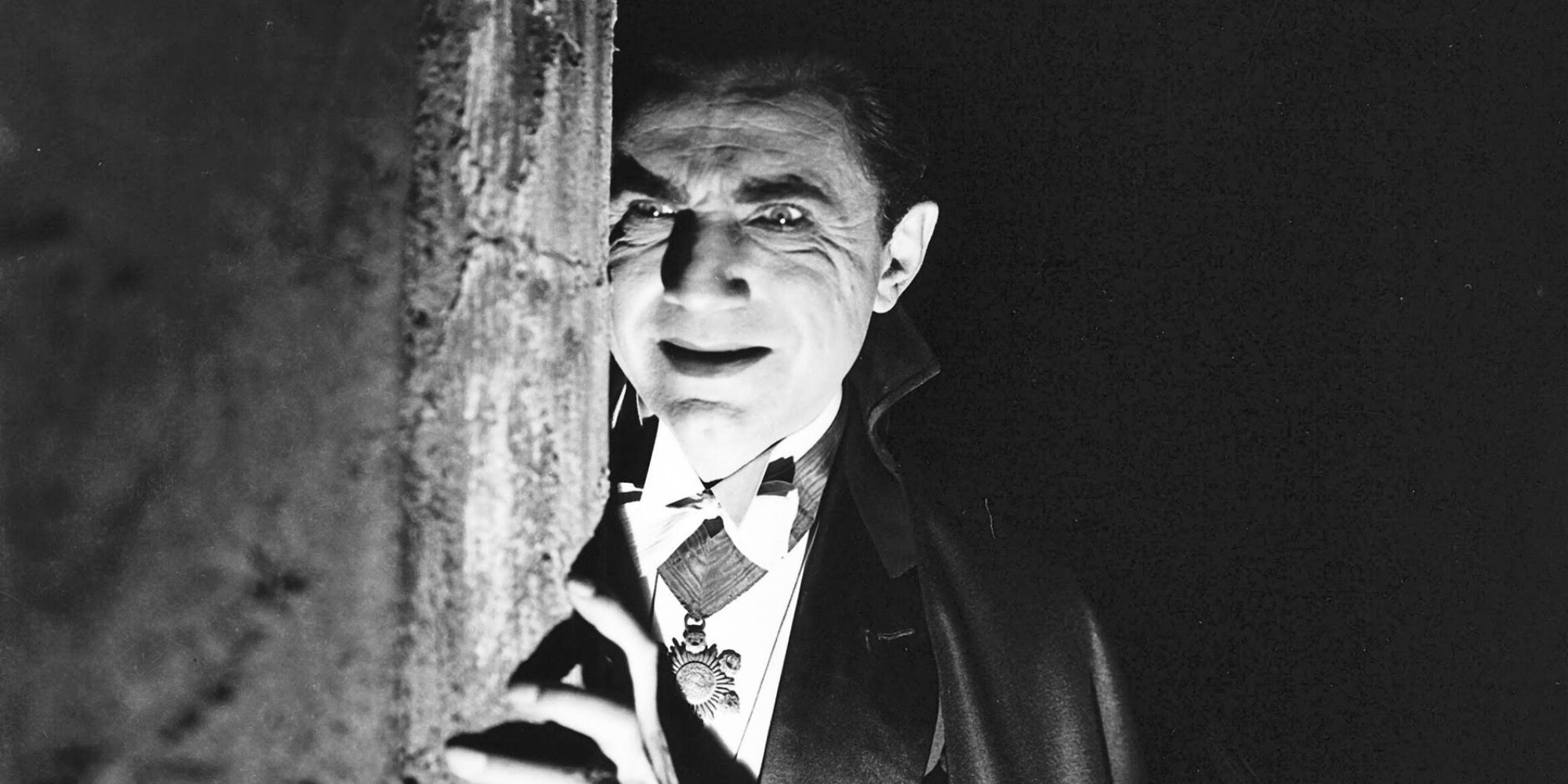
Whenever a vampire is conjured in the mind at the mere mention of the word, chances are the one they’re thinking of is Bela Lugosi’s Dracula. In contrast to the weedy old man at the start of the Bram Stoker novel or the rodent-esque figure of Count Orlok, Lugosi’s version of the count enters the film fully formed and realized as a handsome, charismatic man. Wearing a black cape, widow’s peak haircut, and sporting a heavy Hungarian accent, this Dracula looked slightly unusual, but also attractively human.
Make no mistake, this Transylvanian count is undoubtedly the villain, seeking only to spread his curse and corrupt all who are unfortunate enough to cross his path. But he retains a charming, poised, elegant demeanor, entrancing his prey before he leaps in for the kill. A Machiavellian mastermind who uses his power to manipulate mortals for his physical benefit, Bela Lugosi’s Dracula may lack the fangs, but he remains the definitive cinematic vampire.
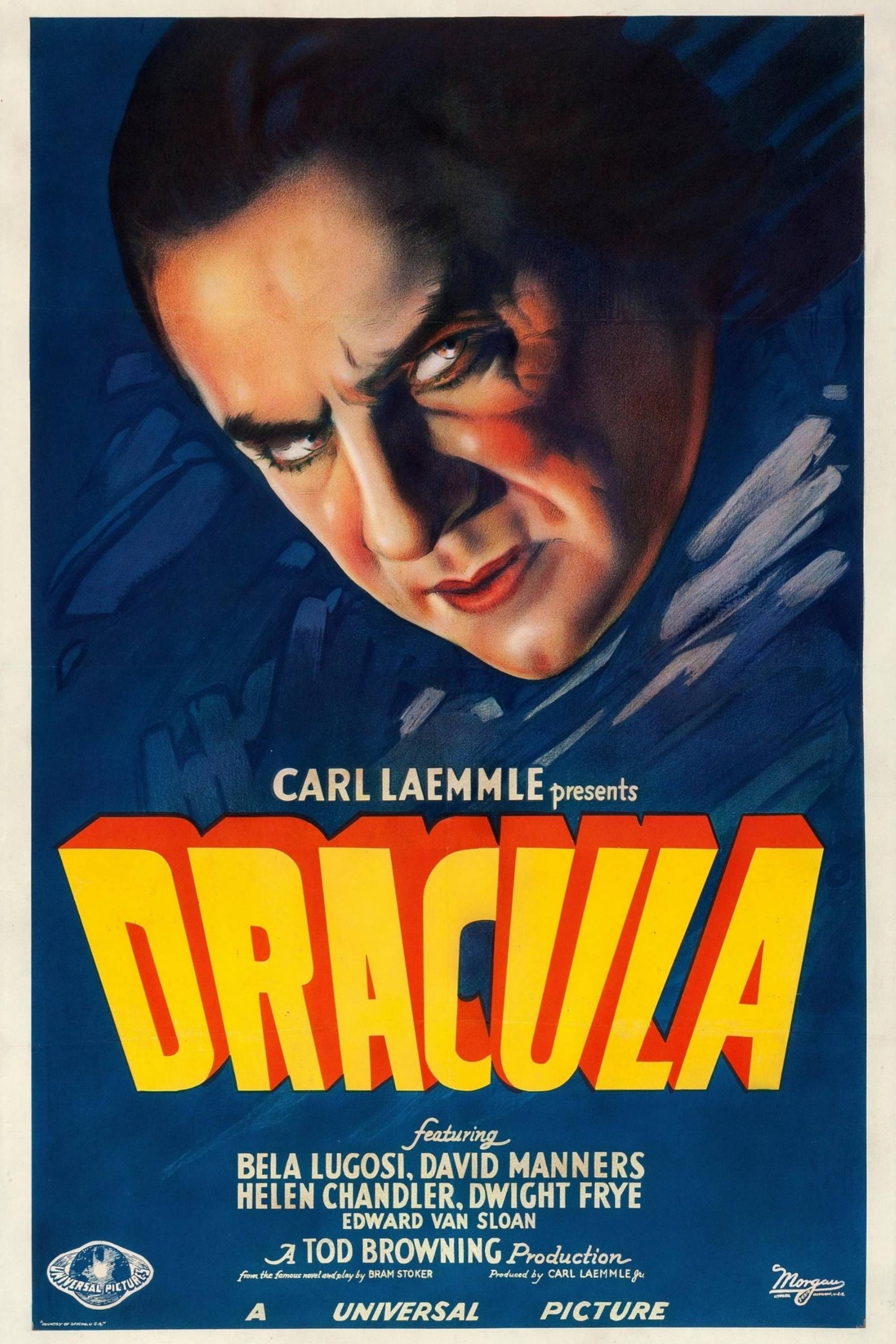
Dracula
- Release Date
-
February 12, 1931
- Runtime
-
74 Minutes
Next: The Stephen King Vampire Horror You Probably Missed – With a Tabloid Twist





